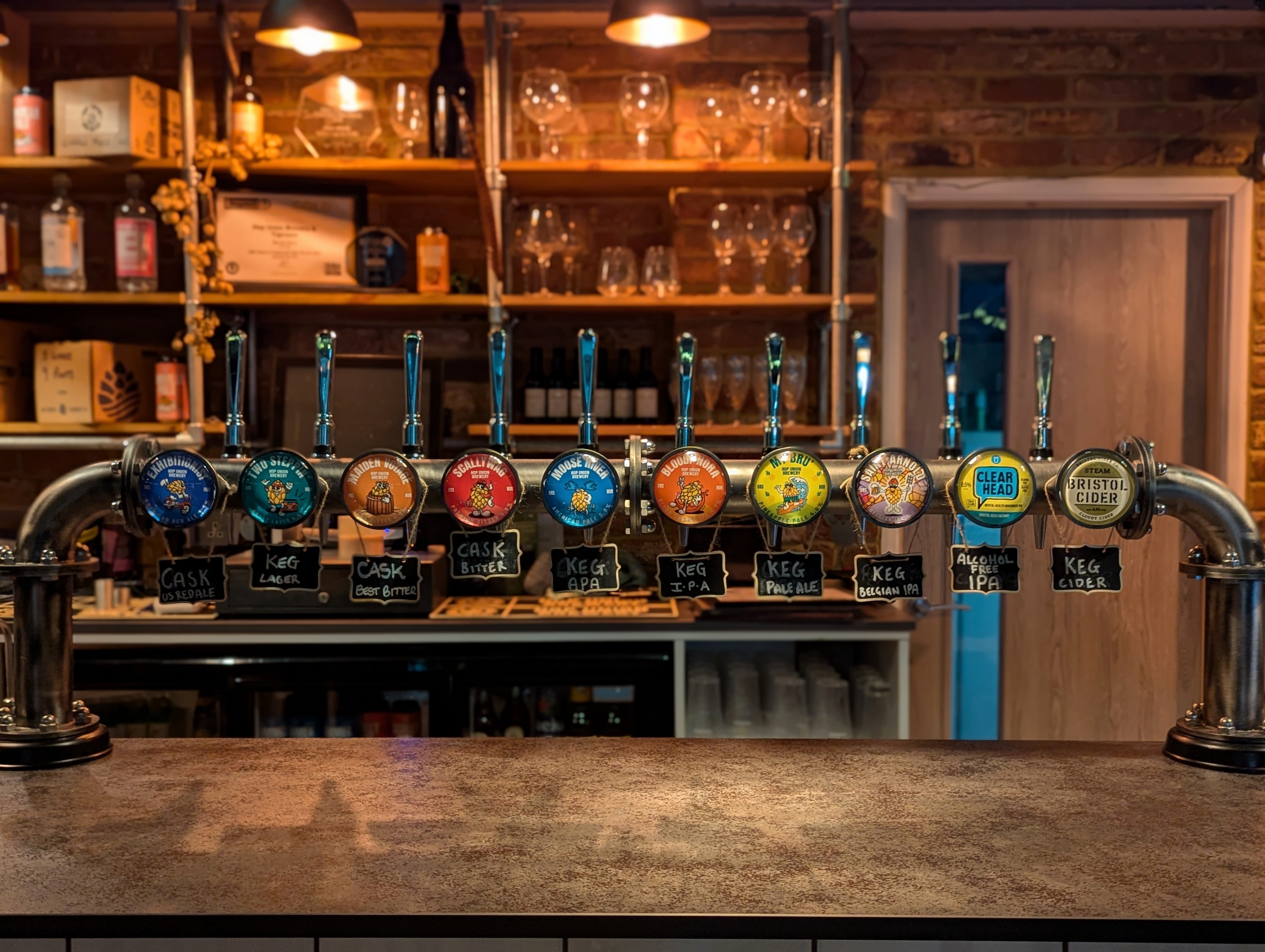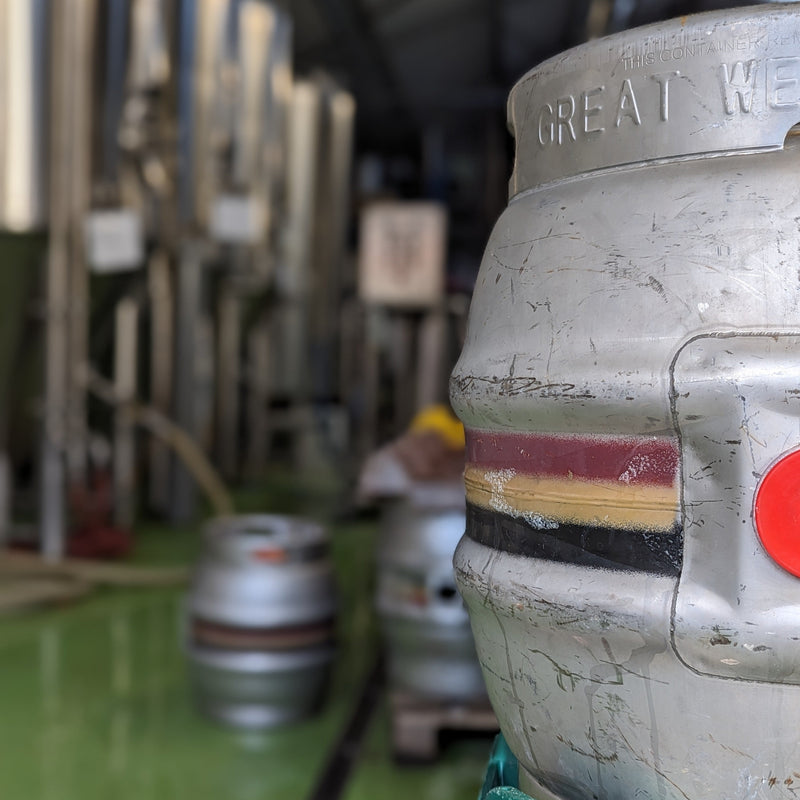Have you ever taken a sip of a beer and made a sour face thinking, “Ugh, this is too bitter!”, then someone next to you goes, “Yeah, that’s the hops.”
But here’s the thing: hoppy doesn’t necessarily mean bitter. In fact, there are plenty of hoppy beers that aren’t bitter. And there are plenty of bitter beers that aren’t that hoppy. What’s going on here?
Fear not. We’re here to clear it all up in a no messing way so you can order with confidence.
So… what does “hoppy” actually mean?
Hops are one of the four main ingredients in beer (water, malt, and yeast being the others). They do a few things. One of the most important? They add flavour and aroma.
What does that look like? Well, different hop varieties can smell and taste like:
- grapefruit or lemon zest
- mango, passionfruit, or pineapple
- fresh flowers or herbs
- pine, resin, or freshly mowed grass
When someone calls a beer hoppy, they’re describing the smell and flavour that hops contribute. And those flavours can be bold, fruity, floral, or downright dank. But hoppy doesn’t necessarily mean bitter.
Where does bitterness come from?
Bitterness in beer comes from the same hops, but only if they’re boiled during brewing. The longer hops boil, the more bitter compounds they release (scientists call them iso-alpha acids, but let’s not worry about that).
Brewers measure how bitter a beer might be using a scale called IBUs (International Bitterness Units). Higher IBU = more bitter potential. bitterness is only one piece of the puzzle.
A beer with a high IBU could still taste balanced and rounded out if it has enough malt sweetness to balance it. On the other hand, a low IBU beer with almost no sweetness could still taste quite sharp.
So don’t get hung up on the number, your taste buds will tell you everything you need to know.
Why do people confuse the two?
It’s easy to see why people get hoppy and bitter confused. strong piney flavour, bold citrus aroma, and a dry, bitter finish. These beers were everywhere during the early days of the craft beer boom, and they shaped how people talked about hops.
So, over time, hoppy kind of became shorthand for bitter. Kind of like saying all spicy food has the same level of heat, it’s way more nuanced.
Today you have New England IPAs that are so full of tropical aromas, but they’re almost completely void of bitterness or you have pilsners that are crisp and dry but have almost no hop aroma at all. There is so much variety in todays market.
Let’s break it down: Hoppy vs Bitter
Here’s a quick side-by-side (without the fancy charts and numbers):
Hoppy beers focus on aroma and flavour. You’ll get citrus, tropical fruit, pine, or floral notes. They’re usually juicy or fragrant, and sometimes soft or sweet.
Bitter beers focus on that dry, bitter finish. It’s more about mouthfeel than smell, think of it like the difference between smelling oranges and biting into grapefruit pith.
You can have one without the other. You can have both. You can have neither. That’s the beauty of it.
Why is it worth knowing the difference?
Let’s be honest, craft beer menus can be intimidating. Have you ever ordered something just because the name sounded cool, only to get a beer that hurt your taste buds? You know the struggle.
Knowing the difference between hoppy and bitter helps you make good choices. Maybe you love tropical fruit flavours but can’t stand the punch of bitterness. Maybe you prefer a clean, dry finish with little aroma. Either way, you’ve got options.
And if you’ve been shying away from IPAs because you thought they were all bitter? There’s a world of juicy, mellow, hoppy beers waiting for you.
A few tips if you’re curious
- High bitterness doesn’t always mean it’ll be harsh. Try it and see.
- Aroma can tell you a lot about how hoppy a beer will be.
- Get a hazy IPA and a West Coast IPA and try them back-to-back. It’s the easiest way to spot the difference.
Final thoughts
Beer’s a lot like music. Just because two songs have guitars doesn’t mean they sound the same, and just because a beer uses hops doesn’t mean it’s bitter.
Knowing the difference between hoppy and bitter opens up so many more options, and lets you appreciate the beers you’re drinking even more. So next time you’re browsing a beer list or chatting with a friend about what to get, you’ll know exactly what you’re talking about.
Now go grab something delicious and enjoy it.





